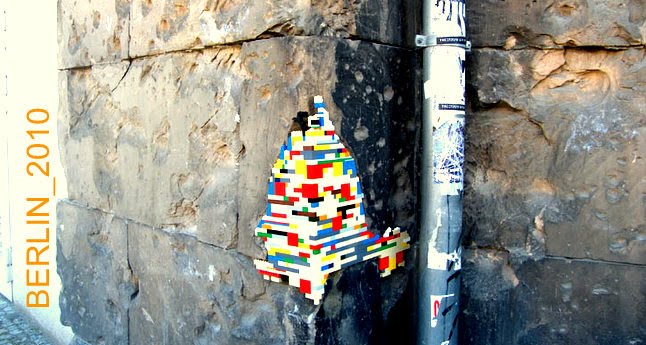A double standard is revealed when examining the Germans’ stance on memorializing history. There are certain historic events that Germans go to great lengths to remember. Germans rebuild palaces and civic buildings that are long fallen so they can continue to experience architecture that has been taken away by war and time. At the same time, there are events and buildings in German history that many Germans are content to let weather, war, and progress wash away.
The era of Nazi rule in Germany is a time that many Germans would prefer never to think about. The desire to move away from Nazi history has fueled opposition to memorializing that time in German history. Alfred Kernd’l, head of municipal archeology in Berlin, said, “Germans’ failure to confront their own past can be measured by the continuing destruction of its traces.” (p. 133). Many Germans have not only allowed, but actively encouraged the destruction of their past involving Nazi rule. Few physical remnants exist to remind the German people of this dark time. So, Germans’ discomfort with their past has in many ways erased the markers of it. There is a problem when attempting to erase the past, remnants can be erased, but the result can never be erased. If the past is forgotten, the Germans of the present will be unable to appropriately respond to their own history.
Germans’ emphasis on architectural restoration and recreation is present throughout the country, but this emphasis is not applied to all buildings of historical significance. A double standards exists in regards to preserving historical monuments in Germany. They are quick to preserve buildings erected prior to Nazi rule; however, architecture created during Nazi rule is not afforded the same treatment.
During WWII, many of the ancient historical buildings in Germany were destroyed. Strangely enough, many of these destroyed buildings are still present today. So, Germany has a tremendous number of ancient buildings that are LESS than fifty years old. Whether destroyed by allied bombers in WWII, demolished by Nazis to make room for their own architecture, or decayed by time, the Germans have rebuilt many of their historic buildings in the same place and to the same specifications. Often times, recreated buildings are referenced as though they never disappeared. For example, the Friedrichwerder Kirche (1830 by Karl Friedrich Schinkel) was heavily damaged in WWII and completely reconstructed in 1980 by the GDR.
Germans of today have inherited a mixed past. They have a tremendous amount of historical baggage. Germans have a history of which they are both proud and ashamed. These mixed feelings are accurately represented in the way they memorialize their past. German streets and cities are a mix of attempts to both celebrate and move away from a past that has shaped who they are today.

Thank you. That answered my question.
ReplyDelete